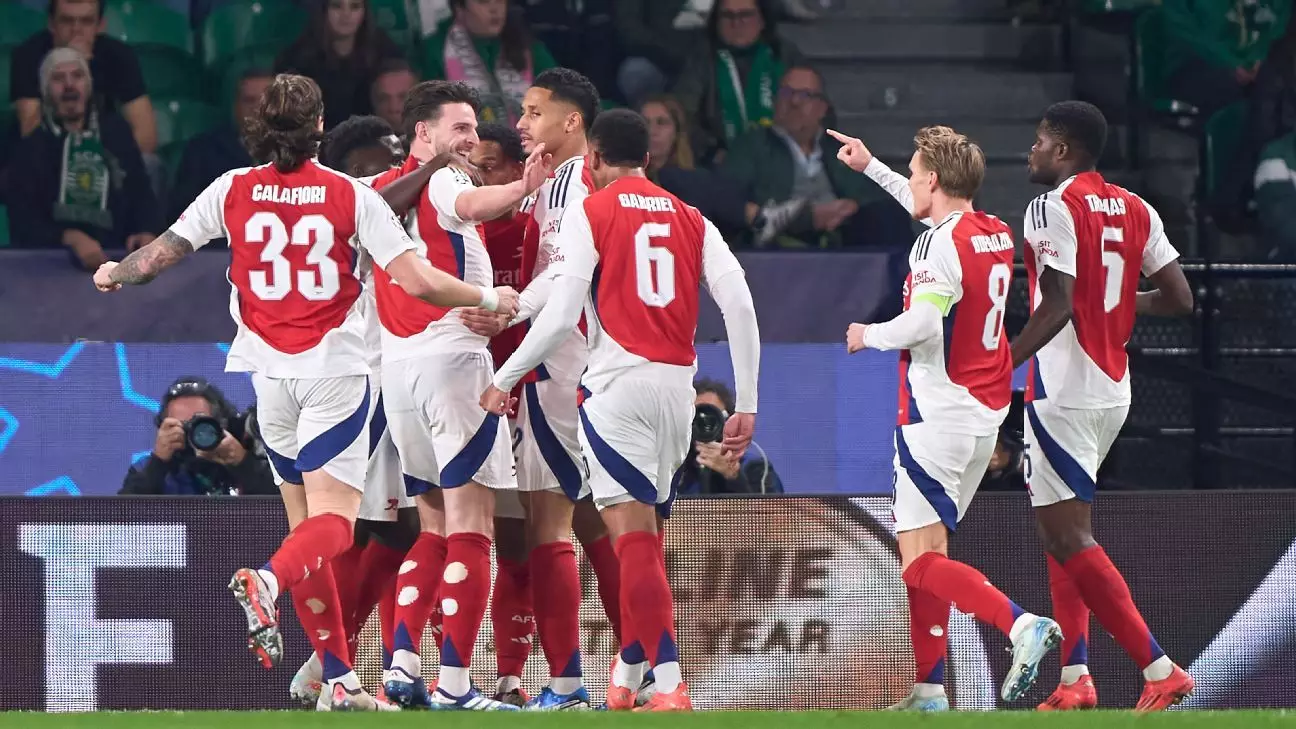The UEFA Champions League is often heralded as the pinnacle of club football, showcasing the best teams and players from across Europe. As this season approaches the exciting round-of-16 stage, understanding the intricacies of the draw and upcoming matches is essential for fans and analysts alike. This article delves into the format changes, the teams involved, and the implications of the draw on the tournament’s progression.
The draw for the round of 16 will take place on **February 21 at 6 a.m. ET / 11 a.m. GMT**. This event is pivotal as it sets the stage for the knockout phase of the tournament. Teams that performed well in the league phase, finishing in the top eight, qualify directly for this stage. Alongside these elite teams, the four winners from the knockout playoff round — which determined the next set of contenders — also earn their place. Notably, clubs such as **Liverpool**, **Barcelona**, and **Atletico Madrid** are poised to make significant impacts in the upcoming matches.
In this enhanced format, the knockout draws operate differently than the traditional model where teams were drawn directly against each other. Instead, teams are assigned specific positions in a predetermined bracket based on their league phase performance, creating a structured pathway for the tournament. This format aims to maintain competitive balance and anticipation as clubs prepare to face their adversaries.
The list of teams in the round of 16 is a mix of fan favorites and strong underdogs. The eight clubs advancing from the league phase — **Arsenal, Aston Villa, Atletico Madrid, Barcelona, Bayer Leverkusen, Bayern Munich, Benfica**, and **Internazionale** — have a wealth of talent that is expected to entertain football fans around the world. Meanwhile, the clubs that emerged successfully from the playoffs — **Lille, Liverpool, Manchester City, Juventus, PSG**, and others — add depth to the competition, ensuring that every match presents a unique challenge.
Each of these clubs brings its own history and tactical approach to the table, making the matches intriguing from both an entertainment and analytical standpoint. For instance, Liverpool and Barcelona are notorious for their attacking football, while teams like Juventus possess a strategic focus on defense and counter-attacking prowess. As we consider potential match-ups, the diversity in playing styles promises to result in captivating encounters.
Bracket Structure and Implications
In this year’s format, the higher-ranked teams are strategically placed within the bracket, ensuring that they have an advantageous position leading into the matches. This design means that clubs such as Liverpool and Barcelona will likely face opponents ranked 15th to 24th, identified as potential dark horses in the tournament. The setup not only guarantees exciting confrontations but also limits the potential for teams from the same country to meet before the final stages, maintaining the excitement and rivalry across the tournament.
As the round-of-16 draw proceeds, teams will be paired for specific rounds, and it will become evident which clubs may have an easier route, and which might face a gauntlet of challenges. The implications of the bracket extend beyond the round of 16 — it sets the parameters for quarterfinal and semifinal matchups as well.
The first legs of the round-of-16 matches are scheduled for **March 4-5**, with the second legs on **March 11-12**. Such a timetable provides fans a chance to savor football at its finest over two consecutive weeks. Following these matches, the ongoing Champions League journey continues into the quarterfinals, where the first legs are set for **April 8-9** and the second legs on **April 15-16**. The semifinals are lined up for **April 29-30** and May 6-7, with the final being hosted at **Allianz Arena, Munich, on May 31**.
In terms of roster flexibility, clubs have the option to modify their squad, a desirable change that allows teams to adapt to injuries or tactical needs. However, this comes with a cap of three changes, an essential regulation that keeps integrity in the competition, ensuring that clubs cannot simply overhaul their lineups mid-competition.
With the Champions League round of 16 approaching, anticipation grows around the potential matchups and narratives that could unfold. The new format, with its unique bracket structure and the mix of established powerhouses and ambitious challengers, promises an exhilarating knockout phase. As fans prepare for the draw and subsequent matches, one thing remains clear: this season’s Champions League is poised for unforgettable moments and fierce competition. The footballing world watches with bated breath, ready to witness which clubs will rise to the occasion and claim their shot at European glory.
